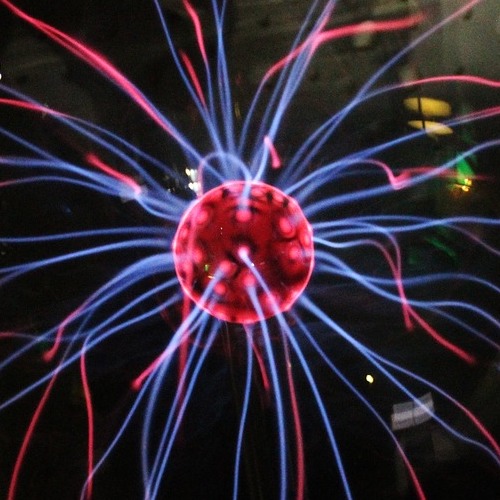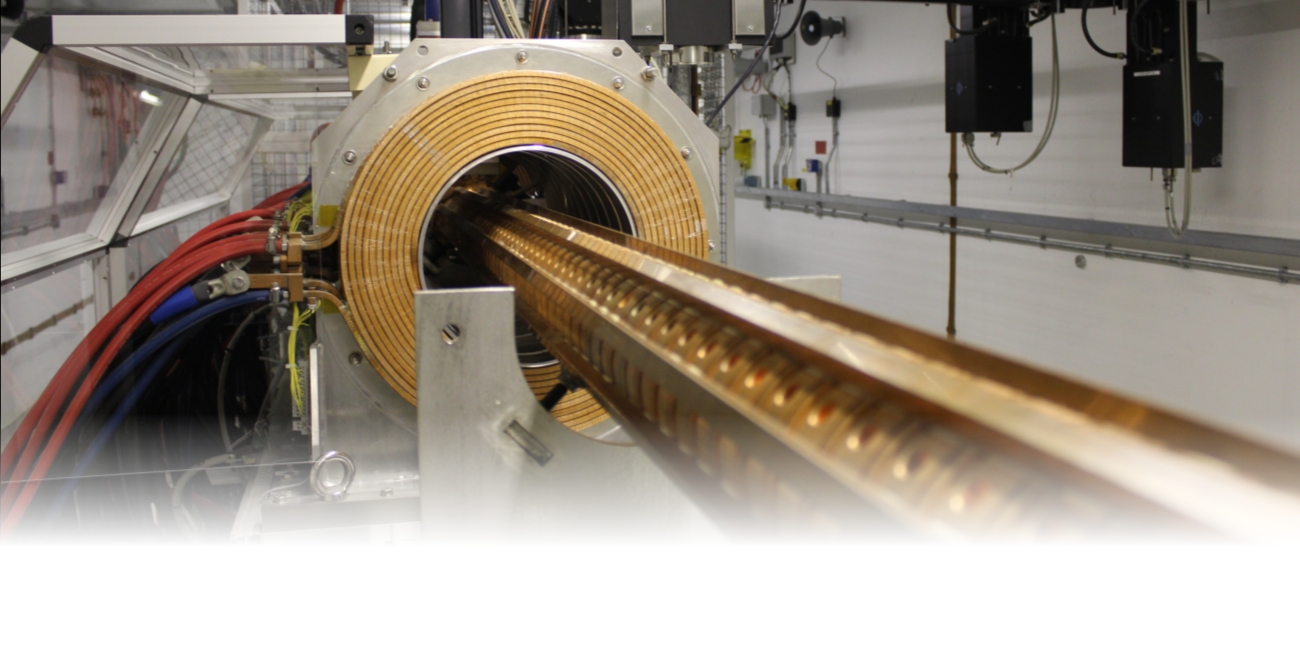Electromagnetic Field Theory (EMFT)
The chair of Electromagnetic Field Theory (EMFT) is part of the Institute for Accelerator Science and Electromagnetic Fields (TEMF) and belongs to the Department of Electrical Engineering and Information Technology (ETIT) of the Technical University of Darmstadt (TUDa). EMFT cooperates closely with the Institute for Nuclear Physics (IKP, TUDa) and the Centre for Computational Engineering (CCE, TUDa). Our courses and our research deal with the physical formulation, numerical simulation and technical application of electromagnetic fields in electrical engineering and accelerator physics and technology.

Electromagnetic Fields
Electromagnetic fields are the backbone of many, when not all, electric devices. Designing an electric device amounts to devising the needed electromagnetic fields and shaping appropriate electrodes, coils, antennas, circuits and yoke parts. EMFT supports this process by electromagnetic field modelling, simulation and optimisation. The tools serve as a factory for virtual prototypes.

Theses at the Chair of EMFT
Are you looking for an exciting topic for your student thesis? If you are interested in electrical engineering, computer simulations and numerics, the chair of EMFT is the right place for you.

Team at EMFT
More than 20 employees work at the chair of EMFT in research, teaching and administration.


Research Topics
The chair of EMFT is dedicated to a wide range of different research topics in modeling, simulation and optimization of electromagnetic fields.

Mission statement
Further progress in electrical engineering and accelerator physics necessitates a deep understanding of electromagnetic field phenomena as they are described by Maxwell's equations as well as of their impact on materials. EMFT continuously improves its competences in modelling, simulating and optimising electromagnetic fields as occurring in electric devices and accelerator components. New working principles, materials and manufacturing techniques are accompanied by new developments in electromagnetic field modelling and simulation. EMFT's competences support progress in electrical engineering as part of a worldwide endeavour for better and less polluting technologies. EMFT contributes to the development of new particle accelerators, expecting future breakthroughs in physics.






